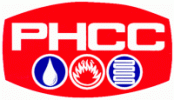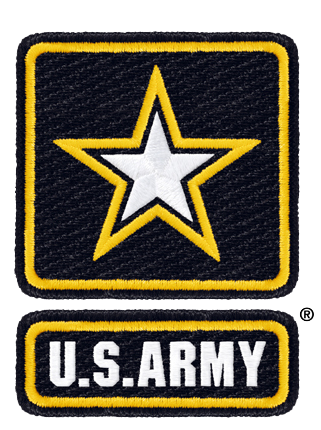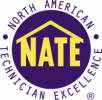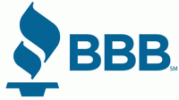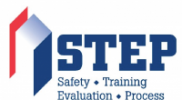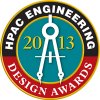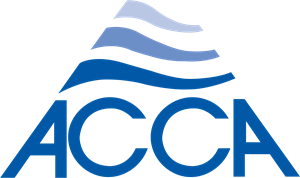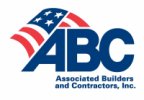Proud Sponsor of Delaware VetFest 2023

Preventing disaster, especially by way of top-tier system installment and maintenance, is our concern too. We work with business owners, building or facility managers, and anyone hoping to protect what they’ve worked hard to achieve – Sobieski’s Life Safety options for sprinkler system maintenance and installments are the best you can get.
Wet
Wet Pipe Sprinkler Systems are the simplest and most common type of fire sprinkler solution. Since the piping system is always filled with water, these systems are frequently installed where the potential for freezing does not exist. With sprinkler heads that contain either a heat-responsive glass bulb or a fusible element, the water is contained in the pipes until the heat-responsive glass bulb or fusible element is activated due to the heat from a fire. Once activated, the water is released and discharged through the sprinkler head. In a Wet System, the only sprinkler heads that will discharge water are those that are activated. Water will not be discharged from sprinkler heads where the heat and fire do not exist.
Dry
Dry Pipe Sprinkler Systems employ automatic and closed-type sprinkler heads, which are connected to a piping system containing compressed air or nitrogen, rather than water. This type of system is used where the area being protected is not maintained at a constant, year-round temperature of at least 40F. The piping will stay dry until system activation. Upon activation, the dry-pipe valve will open and release the water. The water will then flow into the piping system and out of the opened sprinkler heads to suppress the fire.
Deluge
Deluge Sprinkler Systems employ open-type sprinkler heads, which are always open and do not have a heat sensitive element. This system operates like a Pre-Action Sprinkler System in that the piping system is not filled with water and does not fill until the deluge valve is released by the supplemental detection system. When the deluge valve releases the water into the system, every sprinkler head in the system discharges. Deluge Sprinkler Systems provide fast and a total wetting of the protected area.
Pre-Action
A Pre-Action Sprinkler System has automatic and closed-type sprinkler heads connected to a piping system that contains air or nitrogen, rather than water, and has a supplemental system of detection serving the same area of protection. These systems are similar to Dry Pipe Sprinkler Systems in that the water is prevented from entering the piping by a pre-action valve. When the detection system is activated by the heat or smoke detectors, an electric signal is sent to the releasing solenoid and the valve opens. The water then fills the pipe and is ready to flow through the sprinkler heads that are activated. These systems are typically used in applications where an accidental discharge of water would be catastrophic, such as computer servers, telecommunications equipment, and high voltage electrical components.
Fire Pumps are a critical part of sprinkler systems where a higher water pressure is required than otherwise available. They can be electric or diesel and range in size. Fire Pumps are designed to start automatically in order to immediately provide water in the event of a fire. In many cases, fire pumps are the sole source of water and pressure for a fire protection system. They must be properly maintained to be sure they are available at all times.
Backflow Preventers, also known as backflow prevention devices, are installed on sprinkler systems to prevent water from the sprinkler system from entering and possibly contaminating the public water supply. According to NFPA 25, Standard for the Inspection, Testing, and Maintenance of Water-Based Fire Protection Systems, all backflow preventers installed in sprinkler systems are required to be tested annually by a qualified contractor.
FM200 FM-200™ was one of the first Halon 1301 alternatives on the market. It is accepted worldwide and has a history of protecting some of the world’s most critical and irreplaceable assets.
Weekly Test and Inspection Requirements
According to NFPA 25, Standard for the Inspection, Testing, and Maintenance of Water-Based Fire Protection Systems, a weekly test shall be conducted without flowing water to verify the pump assembly appears to be in operating condition and is free from physical damage. This weekly test can be conducted by the building owner or by BFPE International.
Annual Test and Inspection Requirements
An annual flow test is required by NFPA 25, Standard for the Inspection, Testing, and Maintenance of Water-Based Fire Protection Systems. The purpose of the test is to evaluate the performance of the fire pump, both flow and pressure. While the fire pump is running and the water is flowing, visual observations, measurements, and adjustments are made.


